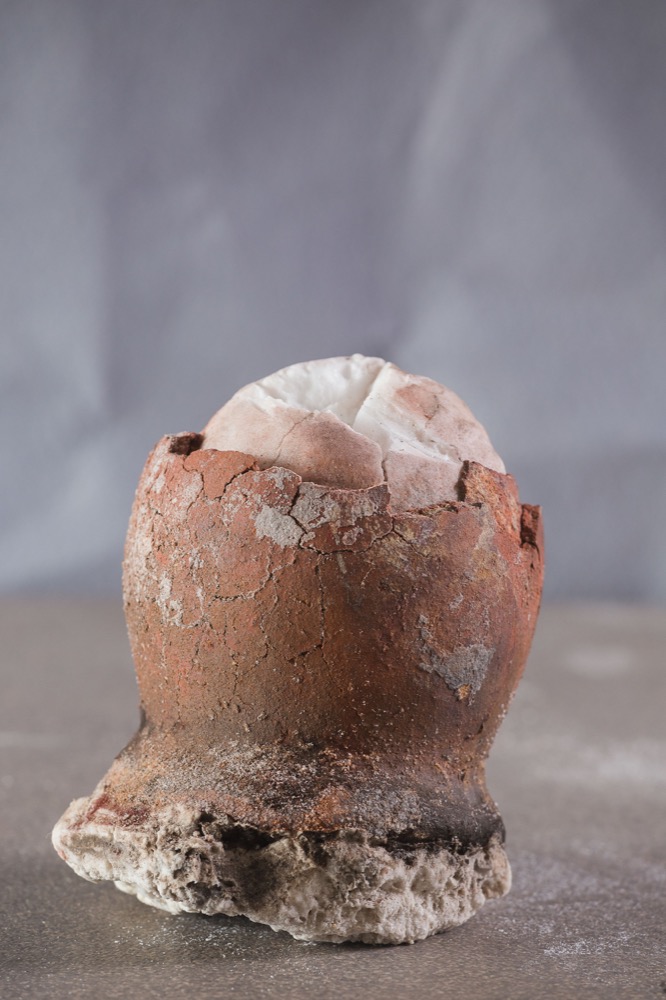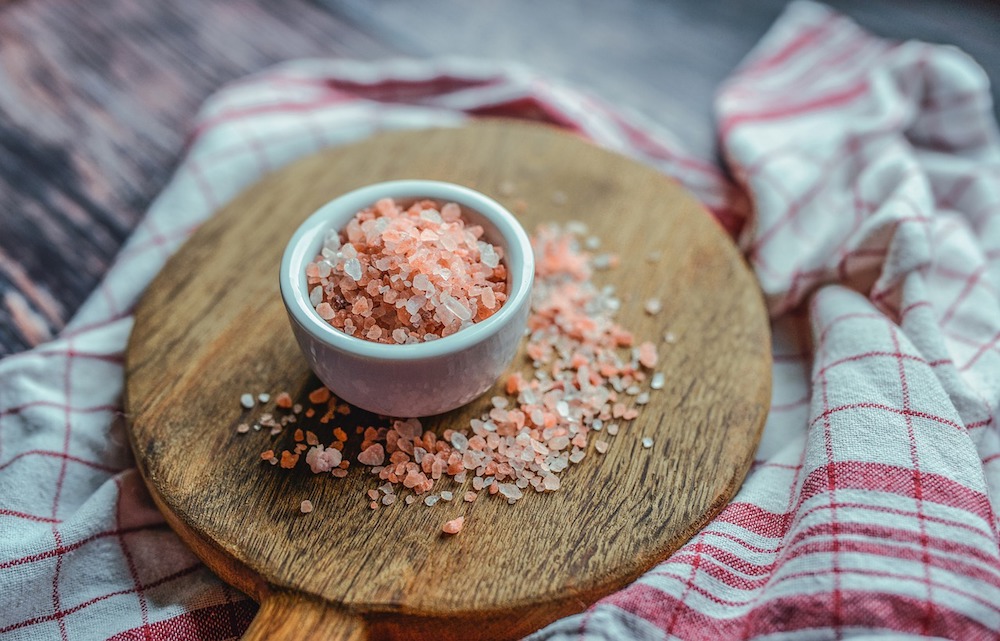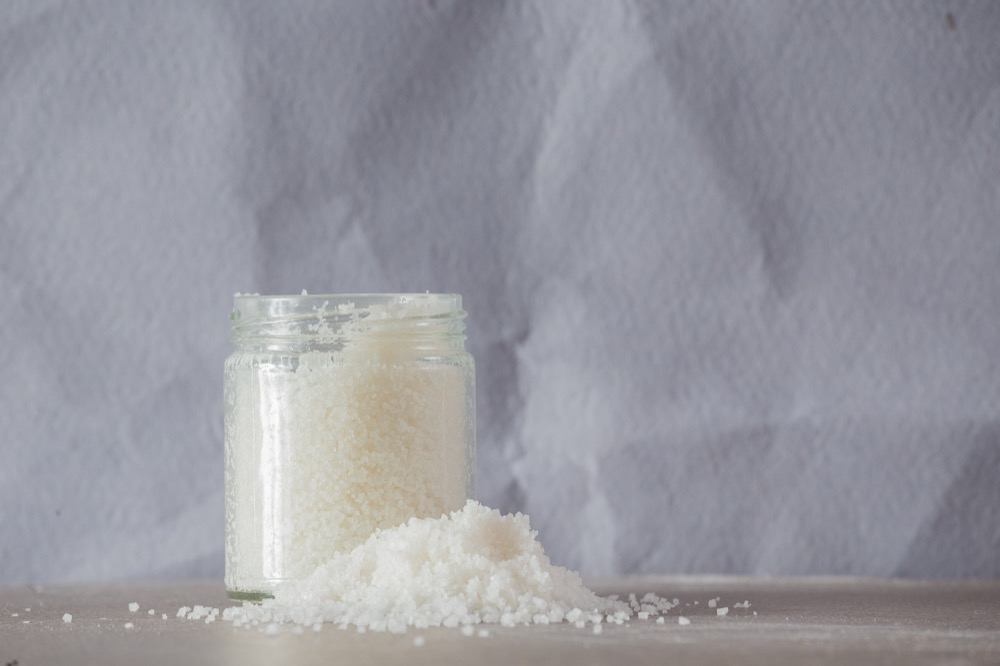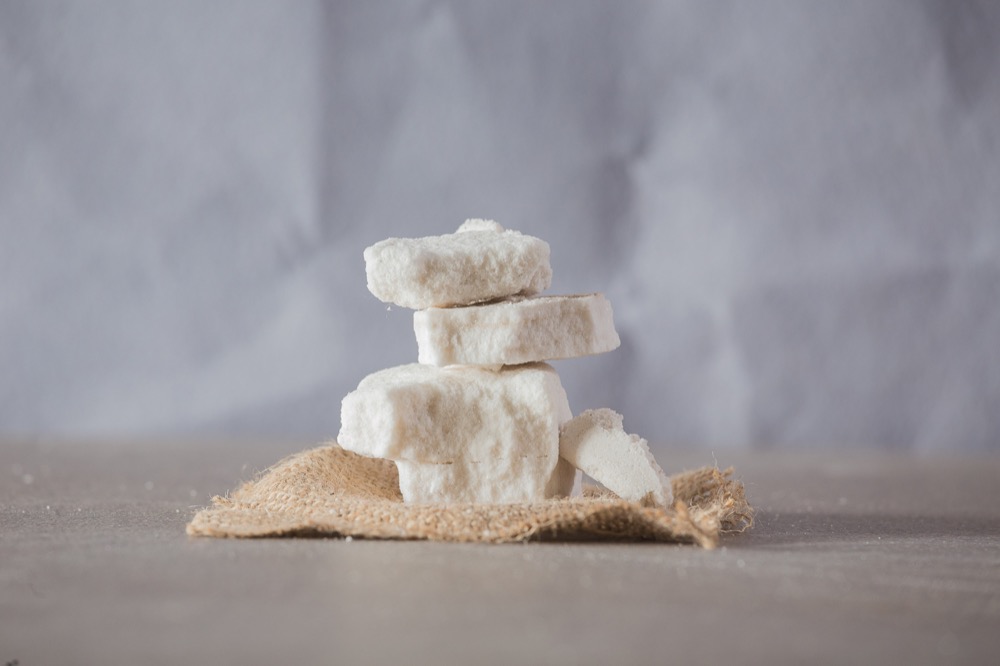What’s the difference between kosher salt and iodized salt? Is rock salt the same as sea salt? We explain the most common salt types along with the famous artisanal salts in the Philippines
Over the weekend, a friend shared in our group chat a local find: artisanal salt from Bohol called asin tibuok.
“Interesting,” she said along with a link to the post. The original poster described asin tibuok saying it “looks like a dinosaur egg and [is] 100% Filipino,” and that the way it is made is a precolonial tradition. Not surprising, as salting was one of the earliest ways to preserve food.

But aside from food preservation, salt is also the most widely used and most essential seasoning.
There are many types of salts used for cooking, varying from region to region. Here’s a list of the most common, along with specific artisanal salts you can find in the country.
Table salt
Also known as iodized salt, this type of salt is usually mined and processed to remove other minerals, and is then incorporated with potassium iodate and anti-caking agents. Table salt, as the name suggests, is meant to be used only as a light seasoning—as in on the table—and not for cooking in large quantities.
Kosher salt
Kosher salt is also refined salt but is coarser and has larger particles compared to table salt. It also does not contain additives. It’s the type of salt most apt for cooking, which explains why all your favorite cooks and chefs call for it in their recipes and videos.
Himalayan pink salt

Another popular salt especially when it comes to health and wellness, Himalayan pink salt is named precisely because it is harvested from the Himalayan mountains, and because of its pink color. It is said to be the purest salt, and there are claims that it has all 84 natural minerals found in humans.
Sea salt
Unlike other salts that are taken from rock salt mines, sea salt is made from evaporated sea water. The taste of sea salt varies, depending on where it’s harvested.
Flake salt
Flake salt is sometimes also called flaky sea salt. Although also harvested by evaporating sea water, what makes it different from regular sea salt is its pyramid-shaped crystals. Flake salt is often used as a finishing salt for salads, meats, and desserts.
Rock salt
This technically refers to halite, the natural form of salt mined from salt mines. We can often find food-grade rock salt in wet markets.
Asin tibuok
As described earlier, asin tibuok is considered part of our food heritage. This is produced in Albuquerque, Bohol, and is characterized by a smoky, bold, fruity flavor. Unlike the common salts above, asin tibuok is a “whole chunk of salt formed in a clay pot.”
Writer Nayna Katigbak details the process in an article on F&B Report: “Dried coconut husks are placed in coastal mangroves to soak in seawater for several months, ensuring each is thoroughly saturated with salt from the water. These are then dried under the sun then slowly burned until reduced to ash. The ash is mixed with more seawater to form a smoky brine, after which the mixture is boiled down in clay pots to form a solid mass of salt.”
Sugpo asin

Known for its color and flavor, Pangasinan’s sugpo asin is one of the more famous types of local artisanal salt. Sugpo asin is named after the process needed to make it. During the dry season, prawn ponds are turned into salt beds by funneling seawater into the ponds. The resulting sugpo asin is described as subtly sweet and briny, and likened to the French salt fleur de sel.
[READ: Dasol is a town that lives on salt]
Duldul

Also called tultul or dokdok, duldul is a type of salt produced in Guimaras. It comes in the form of a solid brick, and is made in limited quantities because only a few know the tradition.
Duldul is made from December to May by pouring seawater over driftwood ashes. This is strained and mixed with coconut milk. The mixture is then cooked until dry, then moved indoors to cool and harden.
Unlike most salts used as seasoning, duldul is traditionally treated as a viand.










































